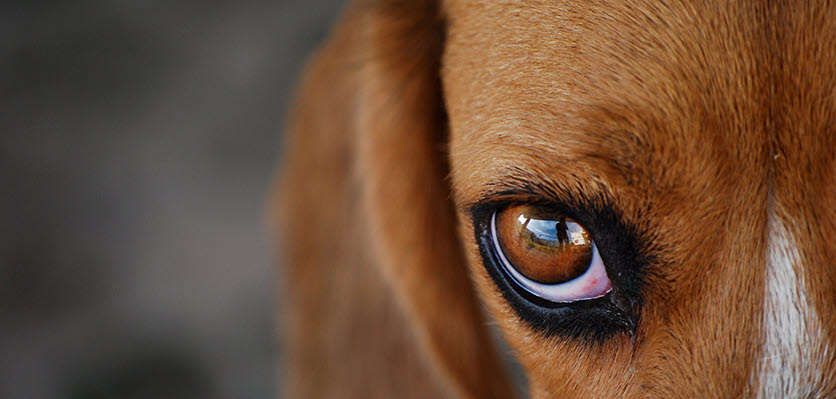
We all know dogs were domesticated from wolves over thousands of years, and through selective breeding, we have created the variety of breeds we see today.
A new study published in the Proceedings of the National Academy of Sciences (PNAS) has compared the facial anatomy of dogs and wolves and found that ‘puppy dog eyes’ is a feature unique to dogs.
‘Puppy dog eyes’ is the famous expression our dogs make when they want something from us or when acting all innocent because they know they’ve misbehaved. It’s when they raise their inner eyebrow, making their eyes look bigger, often exposing some of the white of the sclera which resembles an expression humans make when we are sad.
Dogs are able to make this expression thanks to a particular muscle known as the levator anguli oculi medialis muscle. The researchers found that in dogs, the muscle is well-formed, whereas it was absent in wolves.
Dogs have many behavioural adaptions as a result of domestication, and are excellent at reading and using human communicative cues. Dogs will seek out direct eye-to-eye contact with humans when communication is directed at them, and it has been shown that they will use eye contact to help them better understand pointing gestures, as dogs tended to ignore these gestures when human eye contact is not visible.
It is hypothesised that the ability to make ‘puppy dog eyes’ could have potentially given individual dogs a selective advantage early on in the domestication process as the expression may have triggered a nurturing response in humans.
Previous studies have shown that dogs that made this facial expression more often were rehomed quicker than those that didn’t. So, although our dogs at home may be experts at getting their way with their innocent eyebrow expression, it’s not something new and is a trick dogs have mastered over generations.
Source
- Kaminski J, Waller BM, Diogo R, Hartstone-Rose A, Burrows AM. Evolution of facial muscle anatomy of dogs. P NATL ACAD SCI USA 2019
https://doi.org/10.1073/pnas.1820653116
